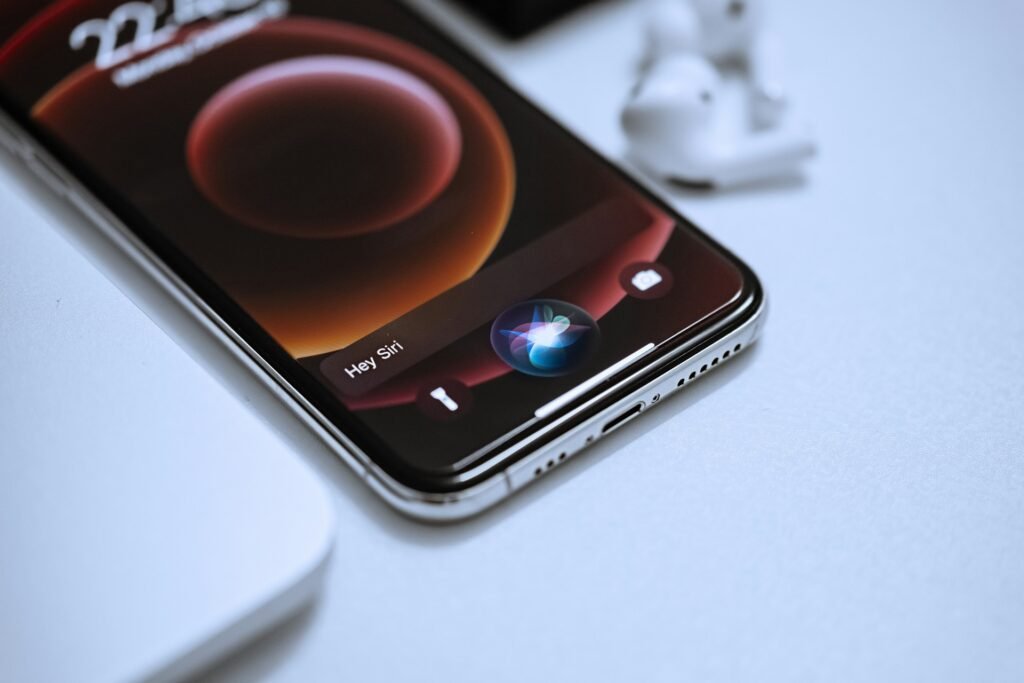In this digital age, technological advancements are rapidly transforming the way we live, work, and communicate. One such groundbreaking innovation is 5G technology, poised to revolutionize connectivity and pave the way for unprecedented possibilities.
What is 5G Technology?
Understanding the Basics
At its core, 5G refers to the fifth generation of wireless technology for digital cellular networks. It represents a significant leap forward from its predecessors, promising enhanced performance, greater efficiency, and a myriad of new applications.
Evolution from 1G to 5G
To comprehend the significance of 5G, it’s essential to trace its evolution from the first generation (1G) of wireless technology to the present. Each successive generation has brought about transformative changes, leading to faster data speeds, improved reliability, and expanded capabilities.
Key Features of 5G
Ultra-Fast Speeds
One of the most notable features of 5G is its unparalleled speed. With potential download speeds reaching up to 20 gigabits per second (Gbps), 5G networks enable lightning-fast data transmission, facilitating seamless streaming, gaming, and real-time communication.
Low Latency
In addition to speed, 5G technology boasts remarkably low latency, reducing the delay between sending and receiving data packets. This near-instantaneous responsiveness is critical for applications requiring split-second decision-making, such as autonomous vehicles and remote surgery.
Increased Connectivity
Another hallmark of 5G is its ability to support a massive number of connected devices simultaneously. This enhanced connectivity opens doors to the widespread adoption of IoT devices, smart infrastructure, and interconnected ecosystems.
Massive Device Connectivity
5G networks have the capacity to accommodate exponentially more devices per square kilometer compared to previous generations. This capability is instrumental in powering the proliferation of smart cities, smart homes, and intelligent transportation systems.
Applications of 5G Technology
Internet of Things (IoT)
The advent of 5G is driving the expansion of the IoT landscape, enabling seamless communication between interconnected devices. From smart appliances and wearables to industrial sensors and environmental monitors, 5G empowers a plethora of IoT applications.
Autonomous Vehicles
5G technology plays a pivotal role in advancing the development and deployment of autonomous vehicles. By providing ultra-low latency and high bandwidth, 5G networks facilitate real-time data exchange between vehicles, infrastructure, and the cloud, enhancing safety and efficiency on the roads.
Enhanced Mobile Broadband
With 5G, consumers can experience unparalleled levels of connectivity and entertainment on their mobile devices. From ultra-high-definition video streaming to immersive virtual reality experiences, 5G-enabled smartphones deliver a whole new level of multimedia content.
Telemedicine
5G has the potential to revolutionize the healthcare industry by enabling remote patient monitoring, teleconsultations, and surgical robotics. Through high-speed, low-latency connections, healthcare professionals can deliver timely diagnoses and treatments, regardless of geographical barriers.
Impact of 5G on Various Industries
Healthcare
In the healthcare sector, 5G technology facilitates telemedicine services, remote surgery, and real-time patient monitoring, enhancing access to healthcare and improving patient outcomes.
Transportation
5G-enabled communication networks are driving innovation in the transportation industry, powering autonomous vehicles, intelligent traffic management systems, and vehicle-to-everything (V2X) connectivity.
Manufacturing
In manufacturing, 5G enables the deployment of smart factories equipped with connected sensors, robots, and machinery, optimizing production processes, reducing downtime, and enhancing operational efficiency.
Entertainment
The entertainment industry is experiencing a revolution with 5G, offering immersive experiences such as augmented reality (AR), virtual reality (VR), and ultra-high-definition streaming on mobile devices and smart TVs.
Challenges and Concerns
Infrastructure Requirements
The widespread deployment of 5G networks necessitates significant infrastructure investments, including the installation of small cells, fiber-optic cables, and network densification.
Security Concerns
As with any technology, 5G networks face cybersecurity challenges, including the potential for data breaches, network vulnerabilities, and privacy concerns that must be addressed through robust encryption and security protocols.
Health Concerns
Some experts have raised concerns regarding the potential health effects of prolonged exposure to electromagnetic radiation from 5G infrastructure, although scientific evidence supporting these claims remains inconclusive.
Future Prospects of 5G
5G and Artificial Intelligence
The convergence of 5G and artificial intelligence (AI) holds immense potential for driving innovation across various industries, from autonomous vehicles and smart cities to healthcare and manufacturing.
Global Adoption
5G technology is rapidly gaining traction worldwide, with countries vying to lead the race in deployment and innovation to unlock the economic and social benefits of next-generation connectivity.
Innovation and Growth Opportunities
The proliferation of 5G networks creates a fertile ground for innovation, entrepreneurship, and economic growth, fostering the development of new applications, services, and business models.
Conclusion
5G technology represents a paradigm shift in connectivity, offering unprecedented speed, low latency, and connectivity to usher in a new era of innovation and digital transformation across industries.

